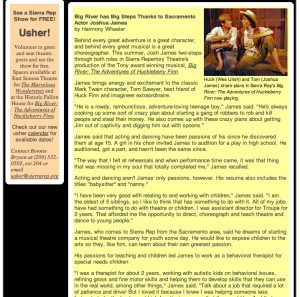Switched to Blogger
Posted on: January 29, 2011
I’ve switched to Blogger because of the flexibility with layout and appearance/themes it offers. Visit the new site at http://starbrightbusiness.blogspot.com/
Just another way to earn yourself publicity: Get in the holiday spirit and do something nice for society.
The stars of Shrek the Musical visited a children’s hospital during their run in San Francisco. See photos here.

Courtesy of http://wonderlandgroups.com/
The (so far) hit musical “Wonderland” is coming to Broadway in the spring. The modern take on the classic Alice in Wonderland is beginning to brand itself, not only with its regular website, but also with a simple, enjoyable, interactive story book that allows viewers to flip through a few pages that tell the basic premise of the show and that give viewers a preview of the show in pictures.
The show has also come up with a clever tag line: “A New Alice. A New Musical.”
The story book certainly has my attention, and I look forward to seeing how the show markets itself in the future. The musical is one of the first Alice in Wonderland musicals, but Alice in Wonderland has been rehashed in film many times, so it should be interesting to see how this takes on.




